How To Grow Beets: From Seed to Harvest Guide
- February 16, 2024
- 0 comment
Beets, known scientifically as Beta vulgaris, are a popular root vegetable known for their vibrant color and nutritional value. Whether you’re a gardening novice or a seasoned green thumb, growing beets can be a rewarding experience. This guide will walk you through the process from seed to harvest.
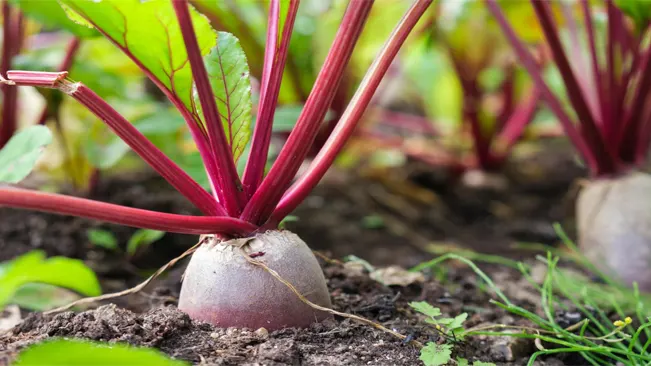
| Benefits | Details |
|---|---|
| Nutritional Value | Low in calories, virtually fat-free. Rich in vitamins C, B6, folate, manganese, betaine, potassium. High in fiber |
| Heart Health | Nitrates improve blood flow and lower blood pressure. May reduce risk of heart diseases and stroke |
| Anti-inflammatory | Betaine has anti-inflammatory properties. Can reduce risk of chronic diseases |
| Exercise and Stamina | Dietary nitrates improve oxygen use, enhancing athletic performance. May improve time to exhaustion in athletes |
| Brain Health | Increased blood flow to the brain may improve cognitive function. Could reduce the risk of dementia |
| Antioxidant Properties | Betalains provide antioxidant properties. May protect cells from damage, reduce cancer risk |
| Detoxification | Supports blood and liver purification |
| Versatility in Cooking | Can be eaten raw, juiced, roasted, boiled. Used in salads, smoothies, and healthy desserts |
| Other Benefits | Natural food coloring. Low in calories and fat, good for weight management |
| Caution | Contains oxalates, which can contribute to kidney stones in susceptible individuals. May cause beeturia (red tint in urine/stools) |
Choosing the Right Variety
Beets come in several varieties, each with its unique flavor and color. Some popular types include ‘Detroit Dark Red’, ‘Golden’, and ‘Chioggia’, known for its candy-striped interior. Choose a variety that suits your taste and climate.
Detroit Dark Red
- Flavor and Texture: Known for its deep, earthy flavor and tender texture.
- Color: True to its name, it has a rich, dark red hue.
- Uses: Ideal for all purposes – eating fresh, canning, and pickling.
- Climate Suitability: Adaptable to a wide range of climates, making it a reliable choice for most gardeners.
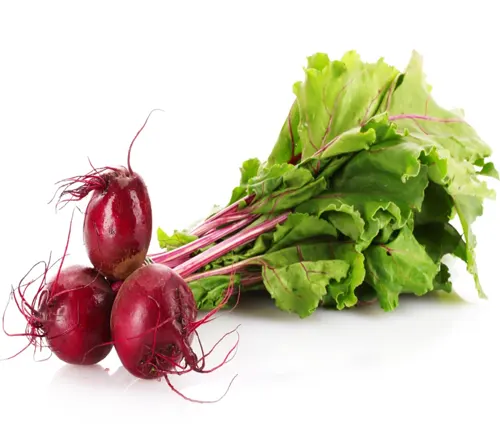
Golden Beet:
- Flavor and Texture: Slightly sweeter and milder than red beets. They have a smooth, buttery texture when cooked.
- Color: Vibrant golden-yellow, adding a burst of color to dishes.
- Uses: Excellent for salads and roasting, as they don’t bleed like red beets.
- Climate Suitability: Prefers cooler temperatures and can be more sensitive to heat.

Chioggia:
- Flavor and Texture: Mild and sweet, with a slightly peppery undertone.
- Color: Known for its distinctive candy-striped interior, alternating between white and deep red.
- Uses: Best enjoyed raw in salads to showcase their striking pattern, but can also be cooked.
- Climate Suitability: Thrives in cooler climates, similar to the Golden variety.

Cylindra Beet:
This variety is elongated, making it easy to slice into uniform pieces. It’s known for its sweet flavor and is excellent for pickling and canning.
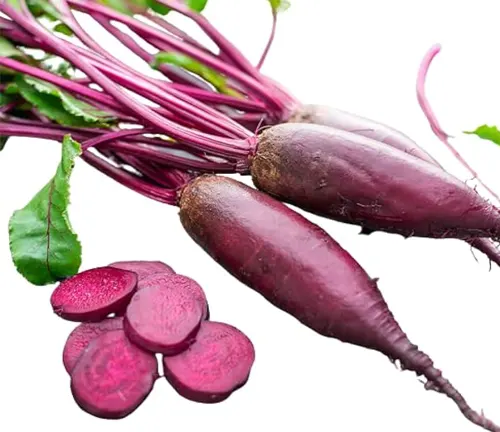
White Beet:
If you’re looking for something less earthy and without the traditional red pigment, white beets are a great option. They have a milder taste.
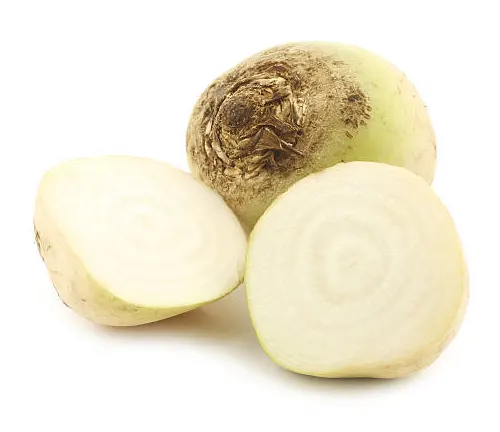
When to Plant
Beets are cool-season crops. In most climates, you can plant them in early spring, as soon as the soil is workable. For a continuous harvest, plant new seeds every 2-3 weeks until mid-summer. In warmer regions, beets can also be planted in the fall for a winter harvest.
Soil Preparation
Beets prefer well-drained soil with a pH between 6.0 and 7.0. Prepare your garden bed by loosening the soil to a depth of at least 8 inches and adding organic matter like compost. This will help the roots develop properly.

- Testing Soil pH: Before planting, it’s advisable to test your soil’s pH. You can use a home testing kit or get a professional soil test. If the pH is too high (alkaline) or too low (acidic), you will need to adjust it.
- Adjusting Soil pH: To raise the pH (reduce acidity), you can add lime to the soil. To lower the pH (reduce alkalinity), adding sulfur or organic matter like peat moss can help.
Improving Soil Drainage and Structure
Beets require well-drained soil to prevent root rot and other water-related issues. However, the soil also needs to retain enough moisture to keep the roots hydrated.
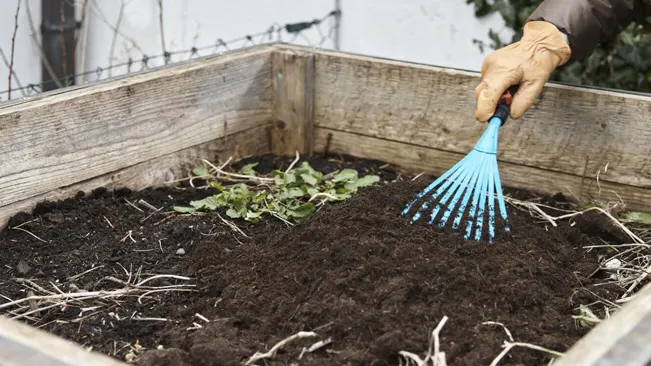
- Loosening the Soil: Loosen your soil to a depth of at least 8 inches. This depth is crucial as it allows the beet roots to grow freely and deeply, improving their health and size.
- Adding Organic Matter: Incorporating organic matter like compost or well-rotted manure helps in multiple ways. It improves soil structure, drainage, and moisture retention. It also adds essential nutrients to the soil.
- Avoiding Soil Compaction: After preparing your bed, avoid stepping on the planting area. Soil compaction can hinder root growth and affect the development of the beet.
Ensuring Nutrient Balance
Beets are moderately heavy feeders, meaning they require a good balance of nutrients to grow properly.
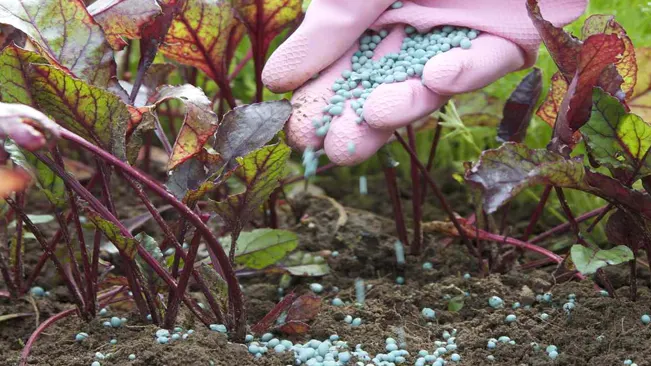
- Organic Fertilizers: If your soil test shows a deficiency in nutrients, consider adding organic fertilizers. Beets benefit from a balanced fertilizer with equal parts nitrogen, phosphorus, and potassium (N-P-K). However, too much nitrogen can lead to lush foliage at the expense of root development.
- Regularly Adding Compost: Adding compost not only improves soil texture but also slowly releases nutrients over time. This is beneficial for the sustained growth of beets.
Planting the Seeds
Spacing
When planting beet seeds, it’s important to give them enough space to grow. Although the seeds are small, they need adequate room to develop into mature plants.

- Clustered Seeds: Each beet “seed” you plant is actually a small cluster of 2-4 seeds encased together. This is why thinning (removing some seedlings) is essential later on. If too many seedlings grow too close together, they’ll compete for nutrients, water, and space, hindering their growth.

- Row Planting: Planting in rows makes managing your beet crop easier. Space the seeds about 1 inch apart within each row. The rows themselves should be spaced about 12-18 inches apart. This spacing allows for easier access for thinning, weeding, and harvesting.
Depth
The depth at which you plant the seeds is crucial for successful germination.
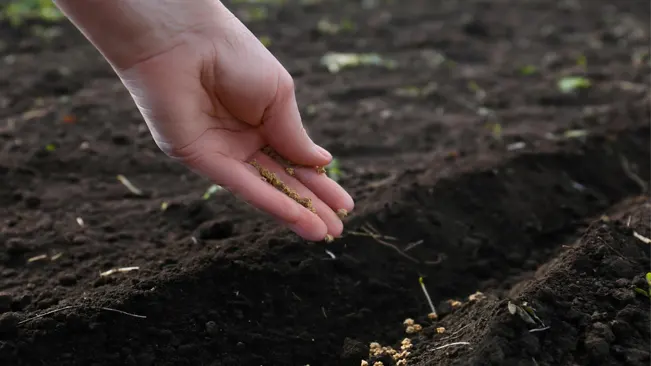
- Half-Inch Depth: Planting the seeds at a depth of about ½ inch is ideal. This depth is shallow enough for the seeds to receive adequate warmth and light, which aids in germination, but also deep enough to retain moisture.
- Cover Gently: After placing the seeds in the soil, cover them gently with soil. Avoid compacting the soil heavily over the seeds, as this might make it difficult for the seedlings to break through the surface.
Watering
Proper watering is key to the healthy growth of beet plants.
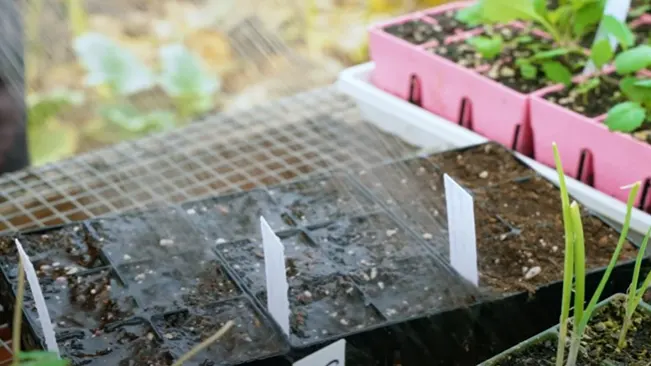
- Gentle Watering: Initially, water the area gently to avoid disturbing or uncovering the seeds. A light sprinkle or the use of a watering can with a fine rose attachment is ideal.
- Consistent Moisture: Beets need consistent moisture to grow well. The goal is to keep the soil moist but not waterlogged. Overwatering can lead to root rot, while under-watering can cause the beets to become woody and tough.
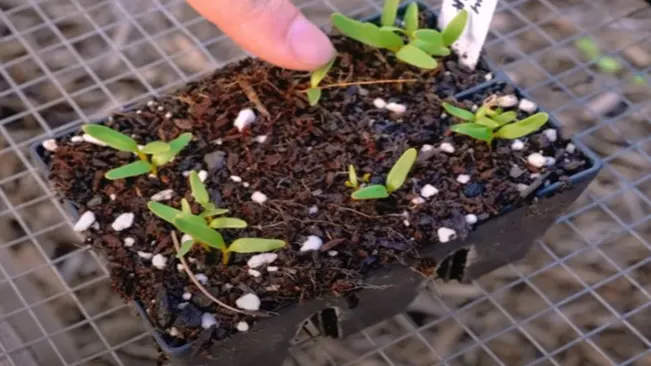
- Mulching: Consider using mulch around the plants once they are established. Mulch helps retain soil moisture and regulate soil temperature.
Care and Maintenance
Thinning
Thinning is a critical step in growing beets. When beet seeds germinate, they often produce more than one seedling per seed. This is because a beet ‘seed’ is actually a dried fruit containing several true seeds. If these seedlings are not thinned, they will crowd each other, resulting in small or malformed beets.

- When to Thin: Start thinning when seedlings are about 2 inches tall.
- How to Thin: Carefully pull out the extra seedlings, leaving the strongest one in each group. Aim for a spacing of 3-4 inches between plants. This might seem wasteful, but it’s necessary for the development of the remaining plants.
- Tip: You can use the thinned seedlings in salads, as they are edible and nutritious.
Watering
Consistent watering is vital for the growth of beet plants. Inconsistent moisture can lead to irregularly shaped or tough beets.
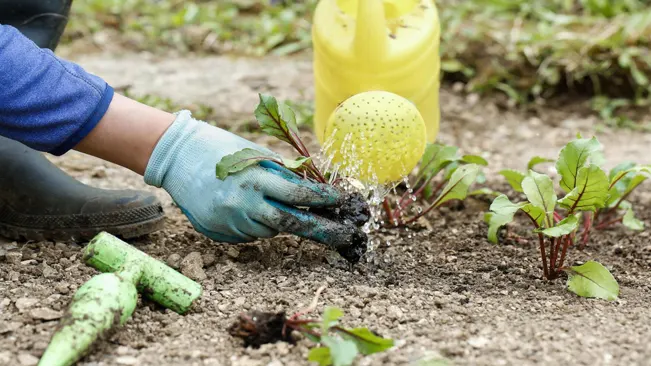
- Frequency: Water the beets deeply once or twice a week, depending on the weather conditions. They need about 1 inch of water per week.
- Method: Use a soaker hose or drip irrigation for deep watering, which helps to reduce water evaporation and prevent diseases caused by wet foliage.
- Signs of Underwatering: If the leaves wilt or the beets develop strong, earthy flavors, they might not be getting enough water.
Weeding
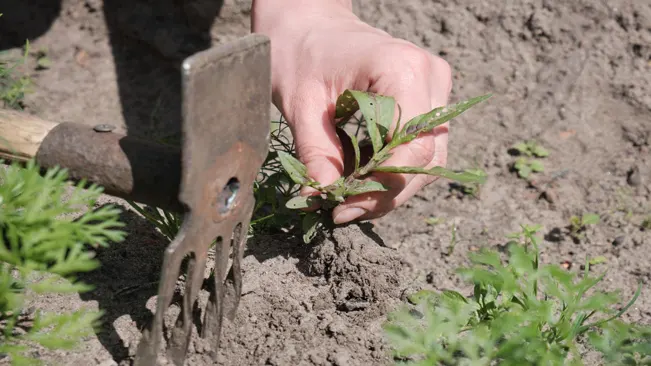
Weeds can be a significant problem in beet beds as they compete for nutrients, water, and light.
- Regular Inspection: Check your beet beds regularly for weeds.
- Hand Weeding: Gently remove weeds by hand, especially when they are close to your beet plants, to avoid disturbing the beet roots.
- Mulching: Applying a layer of organic mulch around the beets can help suppress weeds and retain soil moisture.
Fertilizing
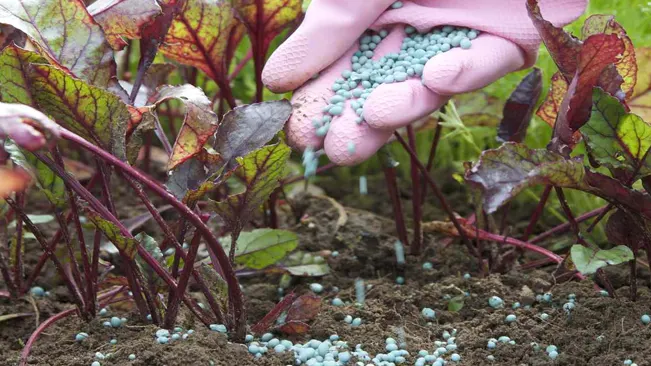
While beets don’t require a lot of additional nutrients if grown in rich soil, a balanced fertilizer can help in less fertile conditions.
- Type of Fertilizer: Use a balanced, all-purpose garden fertilizer (like a 10-10-10 NPK formula).
- Timing: Fertilize a few weeks after planting, once the plants are established and showing active growth.
- Application: Follow the instructions on the fertilizer package for application rates. Avoid over-fertilizing, as this can lead to lush foliage at the expense of root development.
Pest and Disease Management
Growing beets can sometimes be challenging due to pests and diseases that can affect the crop. Two of the most common pests are leaf miners and aphids. In addition to these, soil-borne diseases also pose a threat. Here’s how to manage these issues effectively:
Leaf Miners

- Identification: Leaf miners are tiny larvae of insects that burrow between the layers of beet leaves, leaving visible trails or blotches.
- Control:
- Physical Removal: Check leaves regularly and remove any that show signs of leaf miner activity.
- Biological Control: Introduce natural predators like parasitic wasps.
- Floating Row Covers: Use these covers to prevent adult flies from laying eggs on the leaves.
- Crop Rotation: This practice reduces the chances of re-infestation in subsequent growing seasons.
Aphids
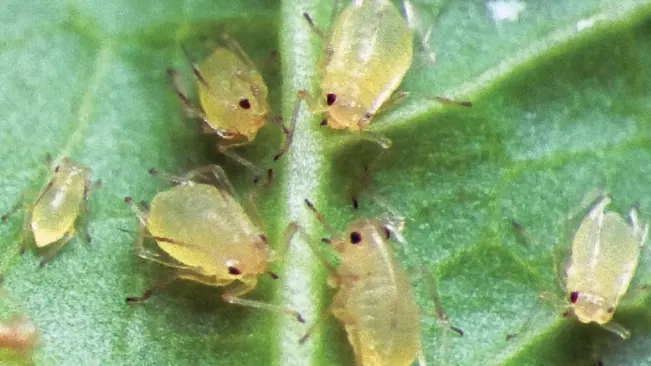
- Identification: Aphids are small, soft-bodied insects that can be green, yellow, or black. They typically cluster on the undersides of leaves and can cause yellowing or distortion.
- Control:
- Water Spray: A strong jet of water can dislodge aphids from the plants.
- Natural Predators: Encourage or introduce ladybugs or lacewings, which feed on aphids.
- Insecticidal Soap: Use as a last resort for severe infestations.
Soil-Borne Diseases

- Prevention: Soil-borne diseases can be a challenge, but there are several ways to prevent them:
- Crop Rotation: Avoid planting beets or related crops in the same area for at least two to three years.
- Good Drainage: Ensure your soil has good drainage to prevent waterlogging, which can encourage disease.
- Sanitation: Keep the garden free of debris and diseased plant material.
Harvesting
Beets are usually ready to harvest when they are about 1 to 3 inches in diameter. The size depends on the variety and your preference. Gently loosen the soil around the beet and lift it out. Don’t forget the greens! Beet tops are edible and rich in nutrients.
Timing is Key

- Size Indicator: Beets are typically ready for harvest when they reach 1 to 3 inches in diameter. However, this can vary based on the variety. Smaller beets tend to be more tender and sweet, while larger beets might be more fibrous.
- Growth Duration: Beets usually take between 50 to 70 days to mature after planting, but this can vary. Regularly check your beets by gently uncovering the top part of the root to assess its size.
- Season Consideration: In cooler climates, you might want to harvest before the first hard freeze. In contrast, in warmer regions, beets can often be left in the ground longer and harvested as needed.
Harvesting Technique
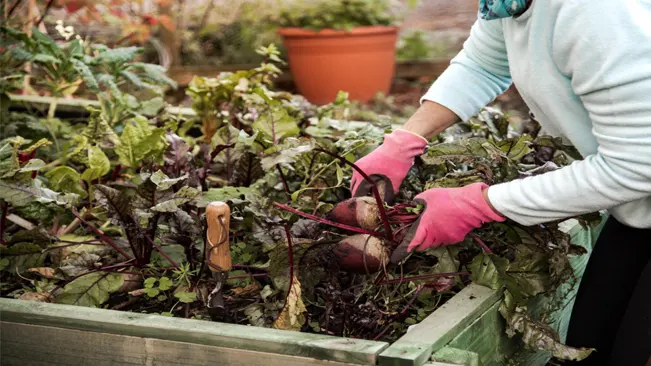
- Loosening the Soil: Gently loosen the soil around the beets to avoid damaging the roots. You can use a garden fork or a spade, taking care not to pierce the beet.
- Pulling the Beets: Grasp the beet tops close to the root and gently pull. If the beet doesn’t come out easily, carefully dig around the root to help ease it out.
- Avoiding Damage: Be careful not to damage the beet skin, as nicks and cuts can lead to spoilage during storage.
Don’t Overlook the Greens
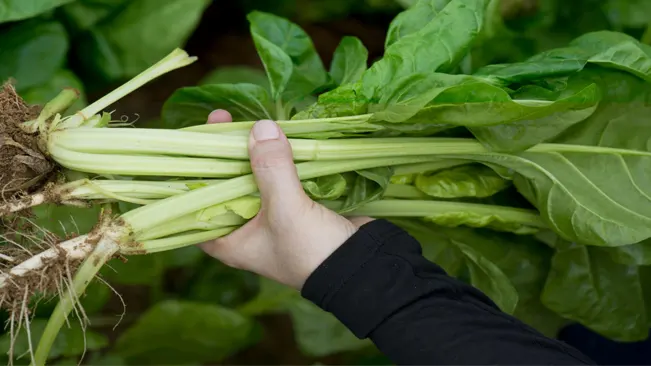
- Edible and Nutritious: The green tops of the beets are not only edible but are also rich in vitamins, minerals, and fiber. They can be harvested when they are young and tender, typically when they are about 4 to 6 inches tall.
- Harvesting Greens: You can harvest a few leaves from each plant without harming the root. For a larger harvest, cut the greens about 2 inches above the root to encourage further leaf growth.
Post-Harvest Care
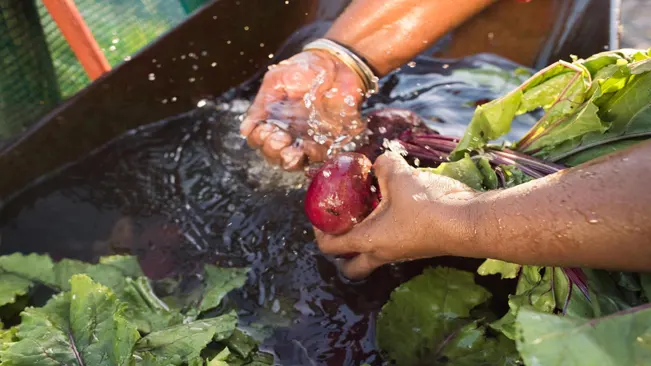
- Cleaning: Gently wash the beets to remove any soil, being careful not to damage the skin.
- Drying: Pat them dry before storing to prevent rot.
- Storage: Store beets in a cool, dark place. They can be kept in the refrigerator for several weeks. For long-term storage, beets can be kept in a box of damp sand in a cool, dark place like a root cellar.
Cooking and Usage
- Versatility in Cooking: Beets can be roasted, boiled, pickled, or eaten raw. They add color and flavor to salads, soups, and side dishes.
- Preparation: Before cooking, trim the beet tops and roots, and peel the skin if desired. Remember, the pigments in beets can stain, so you might want to wear gloves.
Conclusion
Growing beets is a simple and satisfying process. With the right care and conditions, you can enjoy a bountiful harvest of this delicious and nutritious root vegetable. Happy gardening!
FAQs (Frequently Asked Questions)
- What is the best time to plant beets?
Beets are best planted in early spring as soon as the soil is workable. In cooler climates, they can also be planted in late summer or early fall for a fall harvest. - How deep should beet seeds be planted?
Beet seeds should be planted about ½ inch deep in the soil. - What type of soil do beets prefer?
Beets grow best in well-drained, fertile soil with a pH between 6.0 and 7.0. They also thrive in soil rich in organic matter. - How much sun do beets need to grow?
Beets require full sun, meaning at least 6 hours of direct sunlight each day, for optimal growth. - How far apart should I space beet seeds?
Plant beet seeds about 1 inch apart in rows. After germination, thin the seedlings so they are 3-4 inches apart. - Do I need to water beets regularly?
Yes, beets need consistent moisture for uniform growth. Water them regularly, especially during dry spells, to keep the soil evenly moist. - When are beets ready to harvest?
Beets are usually ready to harvest when they are about 1 to 3 inches in diameter, which typically takes 50-70 days from planting, depending on the variety. - How do I thin beet seedlings?
Thin beet seedlings when they are about 2 inches tall, leaving 3-4 inches between each plant. This ensures enough space for the roots to develop properly. - Can I eat the greens of beet plants?
Yes, beet greens are edible and nutritious. They can be harvested when they are young and tender, typically about 4-6 inches tall. - What common pests should I look out for when growing beets?
Common pests include leaf miners and aphids. Using floating row covers can help protect the plants, and practicing crop rotation can prevent soil-borne diseases.

Kristine Moore
Forestry AuthorI'm Kristine Moore, a seasoned garden landscaping professional with over 30 years of experience. My extensive career has been dedicated to transforming outdoor spaces into stunning, sustainable landscapes. With a deep understanding of horticulture, design principles, and environmental stewardship, I have become a respected figure in the field, known for creating harmonious, visually appealing, and eco-friendly gardens. My commitment to excellence and continuous learning in landscaping trends and techniques has solidified my reputation as an expert in garden design and implementation.


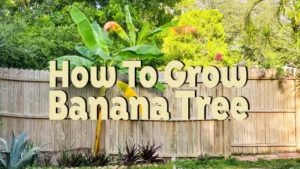
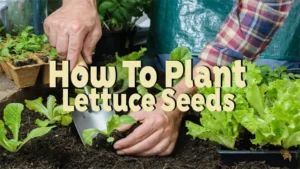
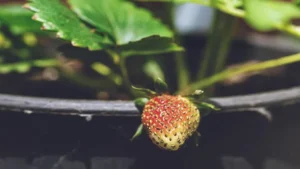
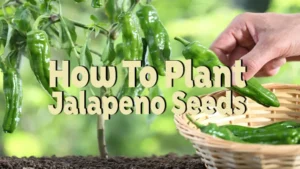

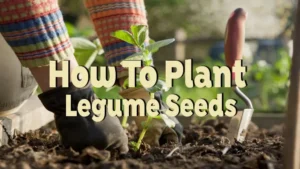
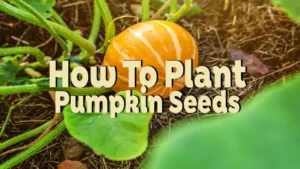
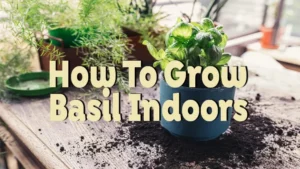
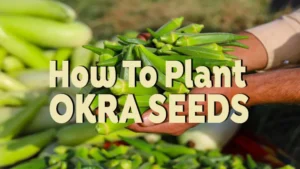
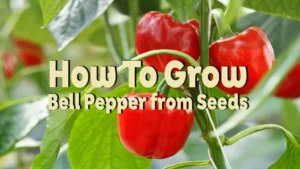

Leave your comment